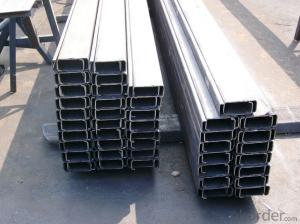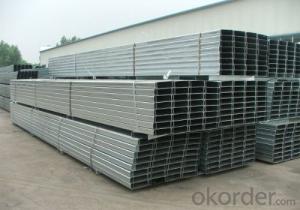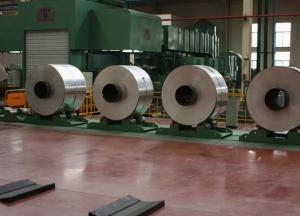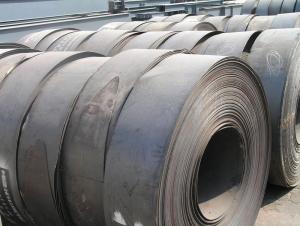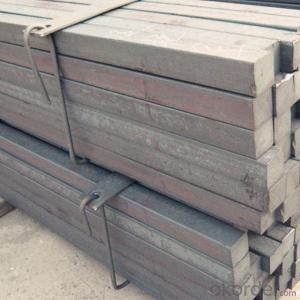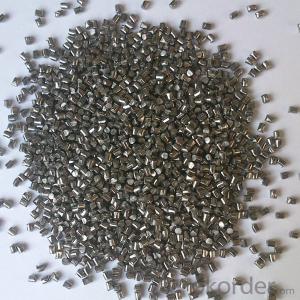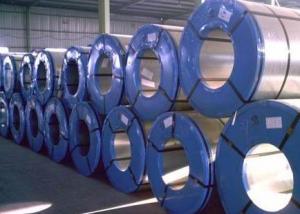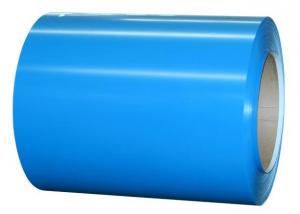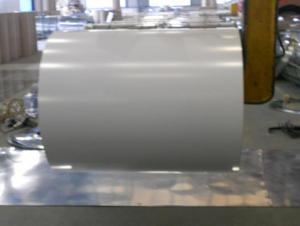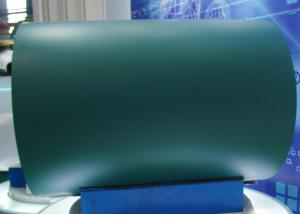Cold Rolled C Channel with High Quality C100/C120
- Loading Port:
- China main port
- Payment Terms:
- TT OR LC
- Min Order Qty:
- 100 m.t
- Supply Capability:
- 15000 m.t/month
OKorder Service Pledge
OKorder Financial Service
You Might Also Like
Item specifice
Specifications of Cold Rolled C Channel with High Quality C100/C120:
1.Our Cold Rolled C Channel with High Quality C100/C120 has lots of advantages, just as followings:
a) At reasonable price and good quality.
b) To be convenient in construction and to save much time and labor.
c) The length of Cold Rolled C Channel can be manufactured according to customer’s requirements.
d) The Cold Rolled C Channel has strong mechanical strength.
e). The Cold Rolled C Channel possesses various kind of fittings, through which it is suitbal for many combinations.
The detailed sections of Cold Rolled C Channel with High Quality C100/C120 as per GB standard:
| Model | Section size | |||
| h(mm) | b(mm) | a(mm) | s(mm) | |
| C100 | 100 | 40 | 20 | 1.6-3.2 |
| C120 | 120 | 40 | 20 | 1.6-3.2 |
| C120 | 120 | 50 | 20 | 1.6-3.2 |
| C120 | 120 | 60 | 20 | 1.6-3.2 |
The mechanical property of MS Cold Rolled C Channel with High Quality C100/C120 according to Q235B:
Alloy No | Grade | Yielding Strength Point(Mpa) | |||
Thickness(mm) | |||||
≦16 | >16-40 | >40-60 | >60-100 | ||
≧ | |||||
Q235 | B | 235 | 225 | 215 | 205 |
Alloy No | Grade | Tensile Strength(Mpa) | Elongation After Fracture(%) | |||
Thickness(mm) | ||||||
≦16 | >16-40 | >40-60 | >60-100 | |||
≧ | ||||||
G235 | B | 375-500 | 26 | 25 | 24 | 23 |
FAQ:
Q1: Why buy Materials & Equipment from OKorder.com?
A1: All products offered by OKorder.com are carefully selected from China's most reliable manufacturing enterprises. Through its ISO certifications, OKorder.com adheres to the highest standards and a commitment to supply chain safety and customer satisfaction.
Q2: How do we guarantee the quality of our products?
A2: We have established an advanced quality management system which conducts strict quality tests at every step, from raw materials to the final product. At the same time, we provide extensive follow-up service assurances as required.
Q3: How soon can we receive the product after purchase?
A3: Within three days of placing an order, we will arrange production. The shipping date is dependent upon the quatity, how many sizes you want and the plan of production, but is typically 1 month to 2 months from the beginning of production.
Images of Cold Rolled C Channel with High Quality C100/C120:
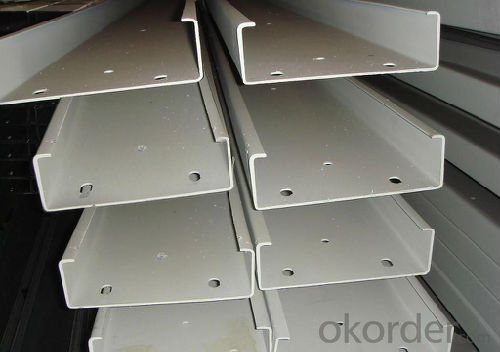
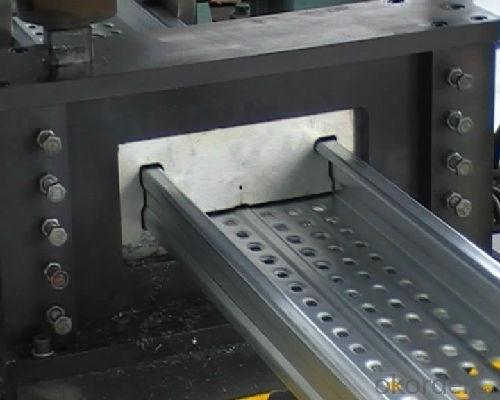
*If you would like to get our price, please inform us the size, standard/material and quantity. Thank you very much for your attention.
- Q:How is steel used in the manufacturing of railway tracks?
- Steel is used in the manufacturing of railway tracks due to its durability, strength, and ability to withstand heavy loads. It is used to create the rails, sleepers, and fasteners that make up the track system. The steel rails provide a smooth surface for trains to travel on, while the sleepers and fasteners hold the rails securely in place. The use of steel ensures the longevity and reliability of railway tracks, allowing for safe and efficient transportation of goods and passengers.
- Q:How is steel used in the energy sector, such as in power plants?
- Steel is widely used in the energy sector, particularly in power plants, due to its strength and durability. It is used for various applications such as constructing the frames and structures of power plants, including the buildings, support systems, and platforms. Steel is also used in the fabrication of boilers, turbines, and generators, which are essential components of power generation. Additionally, steel pipes and pipelines are used for transporting fuel, gases, and steam within power plants. Overall, steel plays a crucial role in providing the necessary infrastructure and equipment for efficient and reliable energy production in power plants.
- Q:What are the different types of steel sheets and their uses?
- There are several types of steel sheets available, each with its own unique properties and uses. Some common types include hot rolled steel sheets, cold rolled steel sheets, galvanized steel sheets, and stainless steel sheets. Hot rolled steel sheets are made by rolling heated steel through large rollers, resulting in a rough surface finish. They are commonly used in applications where strength and durability are important, such as construction, automotive manufacturing, and shipbuilding. Cold rolled steel sheets are produced by further processing hot rolled steel, which results in a smoother and more refined surface finish. They are used in applications that require precise dimensions and a higher level of surface quality, such as appliances, furniture, and automotive parts. Galvanized steel sheets are coated with a layer of zinc to protect against corrosion. They are commonly used in outdoor applications, such as roofing, fencing, and electrical enclosures. Stainless steel sheets are highly resistant to corrosion and staining, making them suitable for a wide range of applications. They are commonly used in industries like food processing, chemical processing, and medical equipment manufacturing. Overall, the choice of steel sheet depends on the specific requirements of the application, including factors like strength, corrosion resistance, surface finish, and cost.
- Q:How is steel used in the construction of underground utilities?
- Steel is commonly used in the construction of underground utilities due to its strength and durability. It is used to create pipes, conduits, and casings that carry water, gas, and electrical cables underground. The steel pipes are resistant to corrosion and can withstand the pressure and weight of the soil above, making them a reliable choice for underground infrastructure. Additionally, steel is often used for reinforcement in concrete structures such as manholes and vaults, providing extra strength and stability.
- Q:What are the different types of steel profiles used in architectural designs?
- There are several types of steel profiles commonly used in architectural designs, including I-beams, C-channels, angle iron, T-sections, and hollow structural sections (HSS). These profiles are utilized for their structural strength, versatility, and ability to support heavy loads in various architectural applications.
- Q:How is steel forgings heat-treated for improved mechanical properties?
- Steel forgings are heat-treated through a process called quenching and tempering to enhance their mechanical properties. Initially, the steel is heated to a high temperature and then rapidly cooled, or quenched, in a liquid medium such as oil or water. This rapid cooling helps to achieve high hardness and strength in the material. Following quenching, the steel is tempered by reheating it to a lower temperature to relieve internal stresses and improve toughness while maintaining a desirable level of hardness. This heat treatment process is crucial in optimizing the mechanical properties of steel forgings, making them more durable and suitable for various applications.
- Q:What are the different types of steel rails and their applications in tram systems?
- There are several types of steel rails used in tram systems, each with its own specific applications. The most common types include grooved rail, Vignole rail, and flat-bottomed rail. Grooved rail has a groove along its top surface, allowing the tram wheels to fit into it. This type is commonly used in street-level tram systems as it provides better traction and stability, especially during cornering. Vignole rail, also known as T-rail, is characterized by its shape resembling the letter "T". It is commonly used in tram systems that run on dedicated tracks, providing stability and support for the tram wheels. Vignole rail is also suitable for heavier tram vehicles. Flat-bottomed rail, as the name suggests, has a flat bottom with no groove or special shape. This type is often used in tram systems that share tracks with other types of rail vehicles, such as trains or light rail systems. Flat-bottomed rail allows for smooth transitions between different types of rail, minimizing disruptions in the overall transportation network. Overall, the choice of steel rail type depends on factors such as the tram system's design, track characteristics, and the type of rolling stock used. Each type of rail is specifically designed to optimize performance, safety, and efficiency in tram systems.
- Q:How are steel products used in the manufacturing of machinery?
- Steel products are used extensively in the manufacturing of machinery due to their strength, durability, and versatility. Steel is often used to create the structural framework of machinery, as well as various components such as gears, shafts, and bearings. Additionally, steel is used in the manufacturing of machine tools and cutting equipment, ensuring precision and reliability. Overall, steel products play a crucial role in the machinery industry, providing the necessary strength and reliability needed for efficient and effective machine operations.
- Q:How are steel products different from iron products?
- Steel products are different from iron products in terms of their composition and properties. While iron is a pure element, steel is an alloy made by combining iron with carbon and other elements. This alloying process gives steel its unique properties such as increased strength, hardness, and resistance to corrosion. Steel products are also more durable and versatile than iron products, making them suitable for various applications in industries like construction, automotive, and manufacturing.
- Q:How is steel used in the production of amusement park rides?
- Steel is commonly used in the production of amusement park rides due to its strength, durability, and ability to withstand heavy loads and extreme weather conditions. It is used to construct the framework, supports, and tracks of roller coasters and other thrill rides, ensuring safety and stability for riders. Steel is also used in the fabrication of various components, such as brackets, bolts, and hinges, that are essential for the smooth operation and structural integrity of amusement park rides.
1. Manufacturer Overview |
|
|---|---|
| Location | |
| Year Established | |
| Annual Output Value | |
| Main Markets | |
| Company Certifications | |
2. Manufacturer Certificates |
|
|---|---|
| a) Certification Name | |
| Range | |
| Reference | |
| Validity Period | |
3. Manufacturer Capability |
|
|---|---|
| a)Trade Capacity | |
| Nearest Port | |
| Export Percentage | |
| No.of Employees in Trade Department | |
| Language Spoken: | |
| b)Factory Information | |
| Factory Size: | |
| No. of Production Lines | |
| Contract Manufacturing | |
| Product Price Range | |
Send your message to us
Cold Rolled C Channel with High Quality C100/C120
- Loading Port:
- China main port
- Payment Terms:
- TT OR LC
- Min Order Qty:
- 100 m.t
- Supply Capability:
- 15000 m.t/month
OKorder Service Pledge
OKorder Financial Service
Similar products
New products
Hot products
Related keywords
